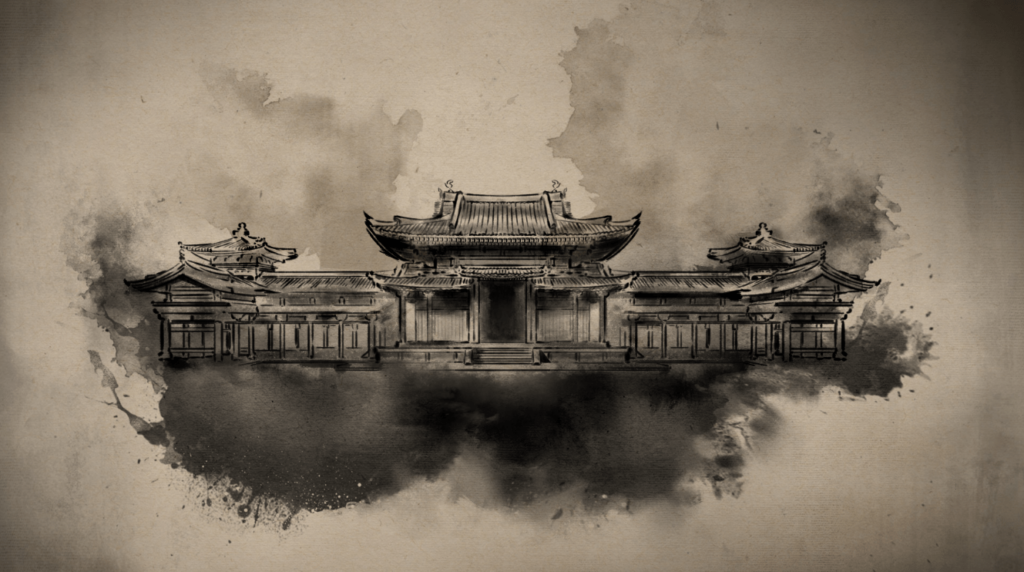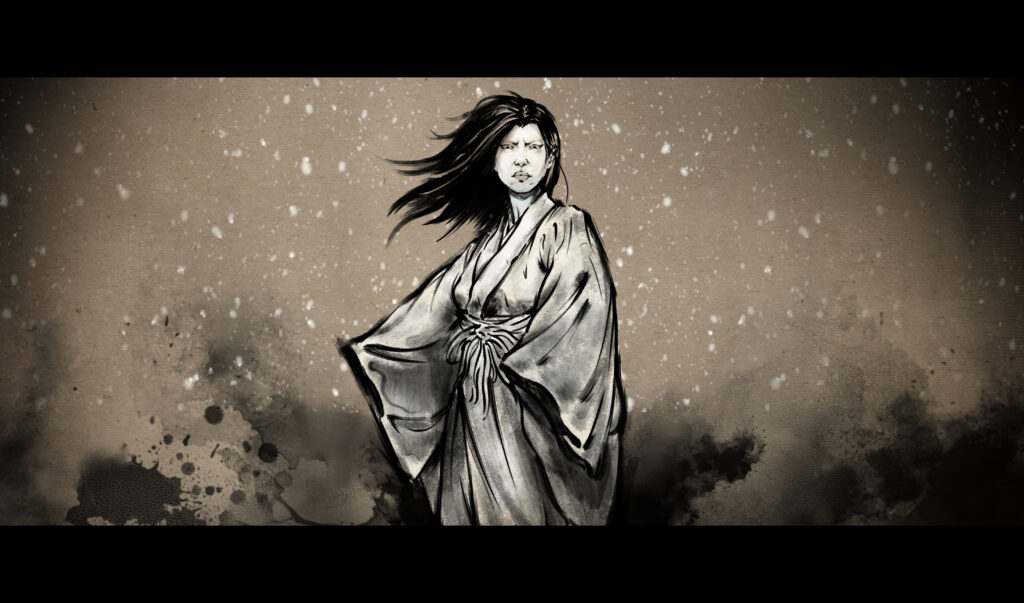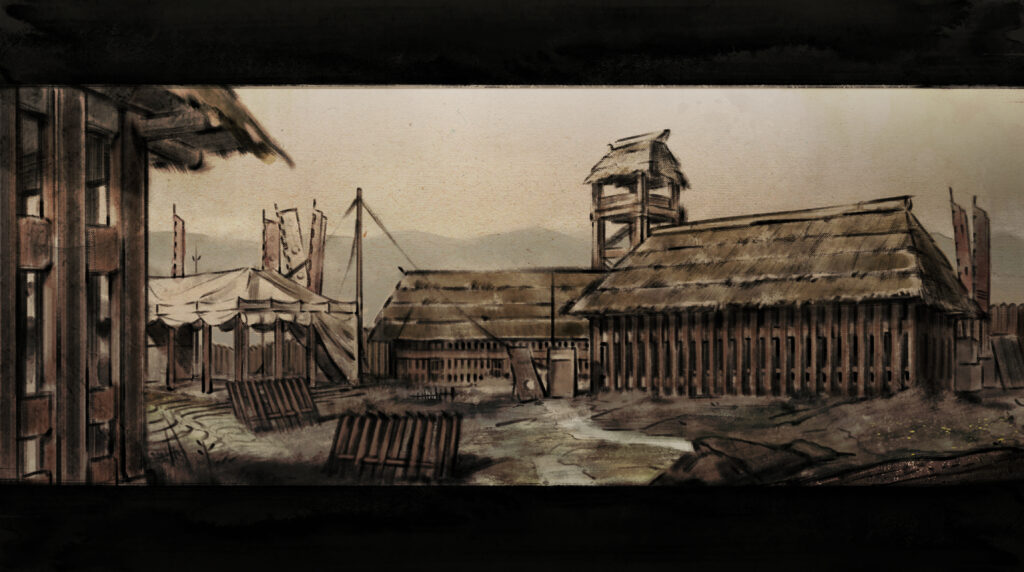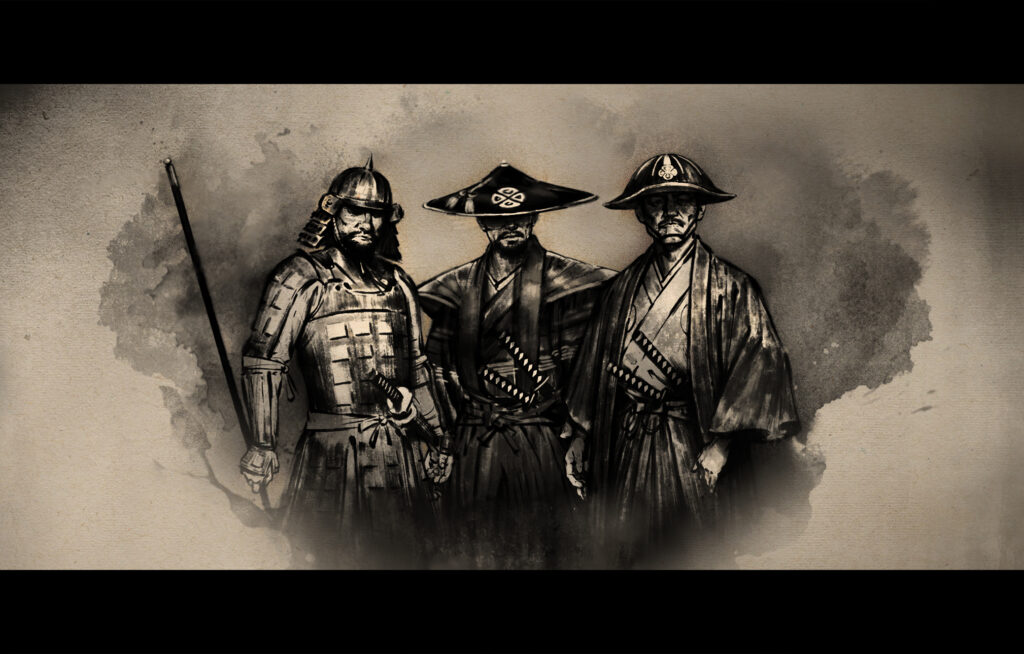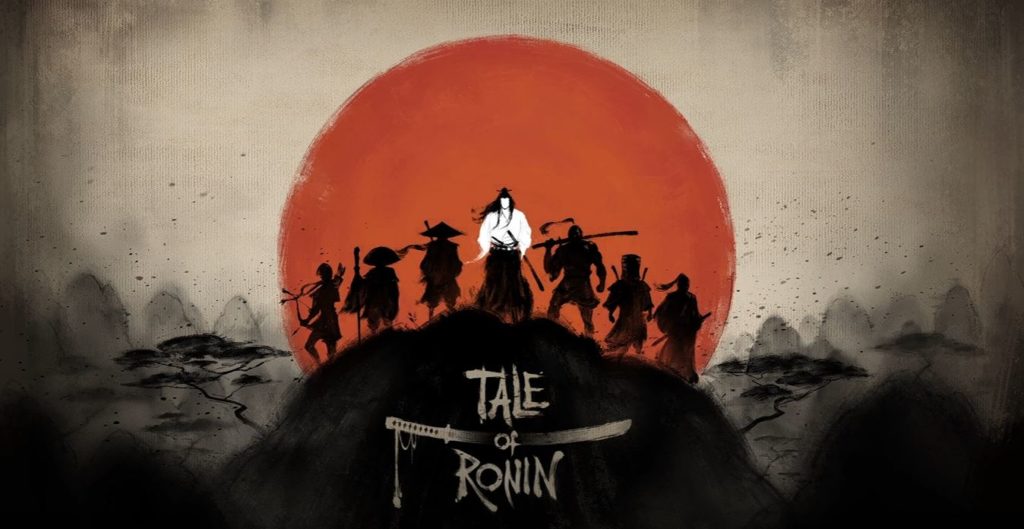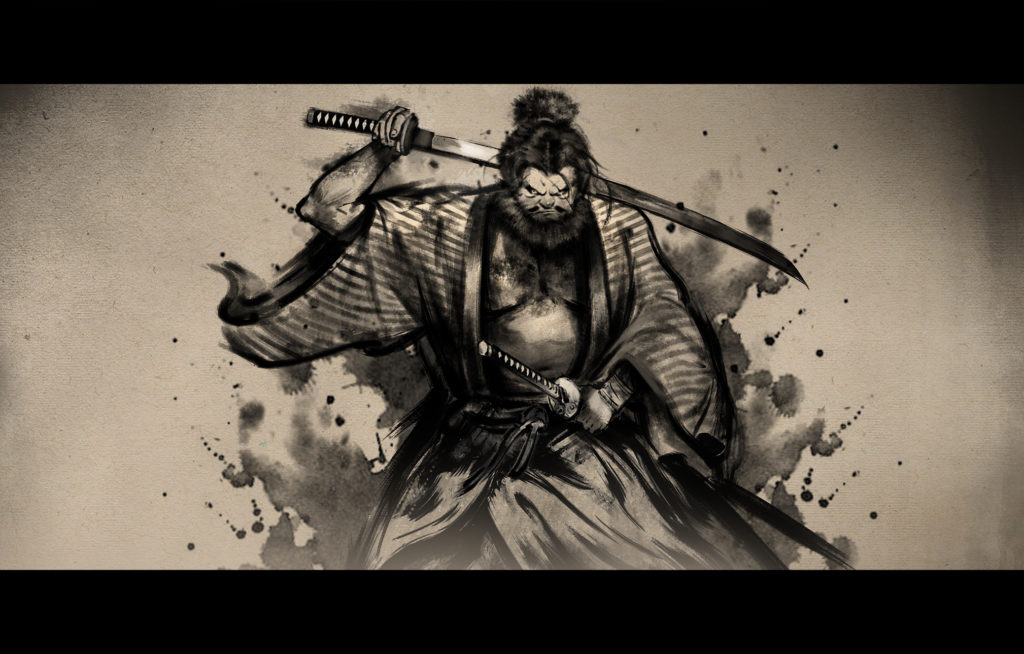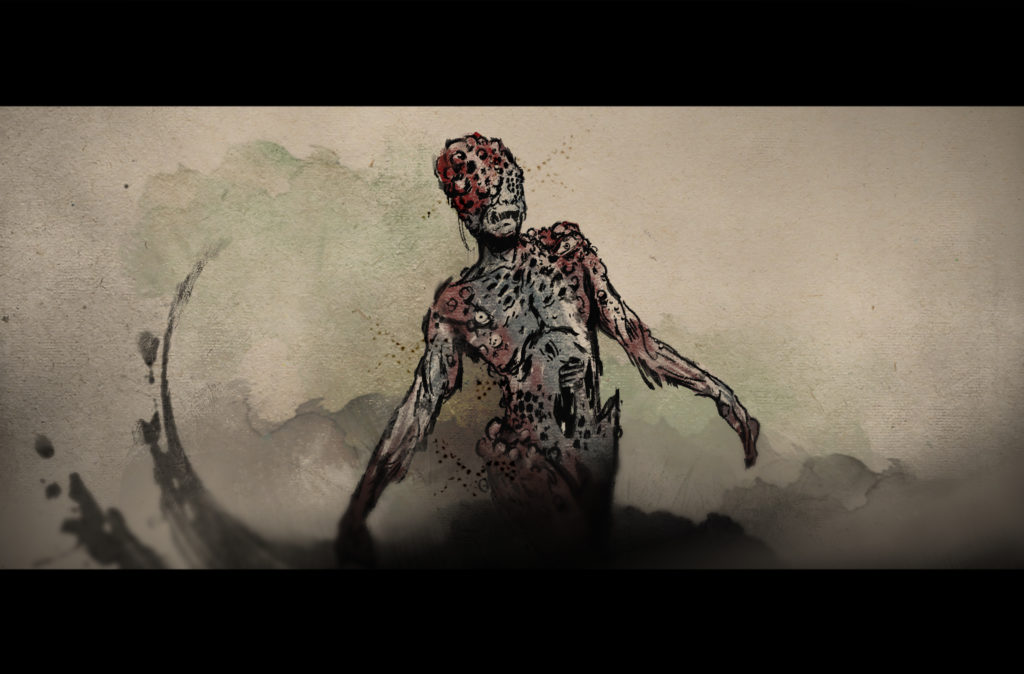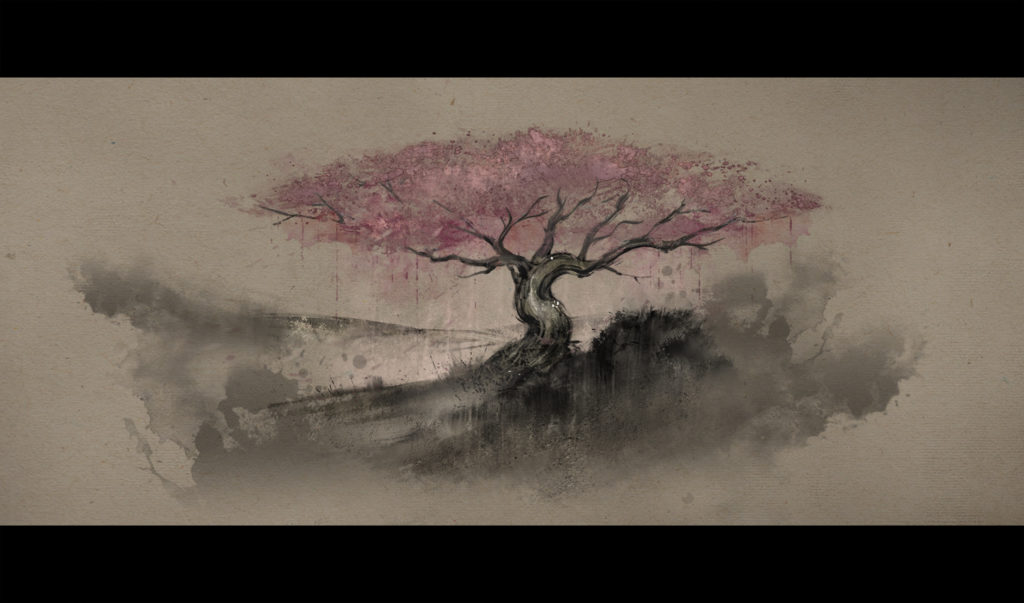Rashomon: Continued
In our previous blog post, we introduced Rashomon, our in-house narrative design tool, and explained how it streamlines our creation process. Today, we’ll dive deeper into Rashomon’s capabilities and share a sneak peek of some of Tale of Ronin’s dialog. As covered previously, Rashomon uses graphs and a variety of different features to build nonlinear …


